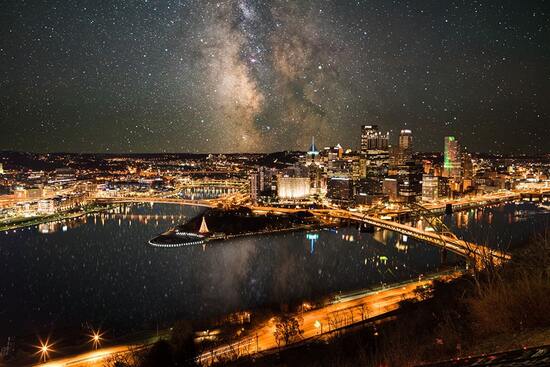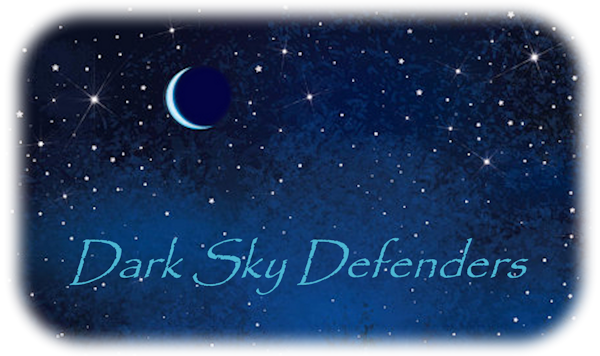|
After Diane Turnshek, special faculty in Carnegie Mellon University's Department of Physics in Pittsburgh noticed that many of her students had never seen the Milky Way, it became her mission to bring back dark skies to the Pittsburgh metro area. After giving a July 2015 Tedx talk “De-Light the Night,” she continued to spread the word to local groups, schools and science organizations, and founded the local International Dark Sky Association (IDA) group, IDApgh.org.
Last month (September 2021) the Pittsburgh City Council passed a new Dark Sky Ordinance for all of the city's parks, facilities and streetlights, partly due to Turnshek’s efforts. Stephen Quick, an architect and urban designer and special faculty in CMU's School of Architecture, helped draft the ordinance. The ordinance aims to improve safety and security, reduce light pollution, save energy and advance equity in all Pittsburgh neighborhoods. Communities of color, the ordinance notes, experience over-lighting and light pollution—which can negatively impact mental and physical health—at a disproportionate rate. The city plans to retrofit existing streetlights to dark sky compliant LED lights. Pittsburgh's current 4,300 LED streetlights glow at 5,000 kelvins and give off a bright blue-white glare. The new LED lights will be at a lower temperature and look much softer and warmer, as recommended by the International Dark-Sky Association. "The ordinance is about much more than astronomy. Thoughtful, intentional lighting at night, without uplight, glare and harsh blue-white color is safer for drivers and pedestrians," said Turnshek. "Dark sky compliant lighting will improve our nighttime vision, allow us to sleep better, reduce light distraction and glare, and allow the beauty of a soft, warmly lit scene to enhance our enjoyment of the evening." Hopefully, other cities will follow this city's lead. Look for "after" photos of the night skies over Pittsburgh in a few years. Here's an artist's rendering of that image: Comments are closed.
|
Archives
July 2024
|
|
Donations to Dark Sky Defenders do not go to DarkSky International. Please contribute directly to DSI for donations and memberships.
|
|


 RSS Feed
RSS Feed
